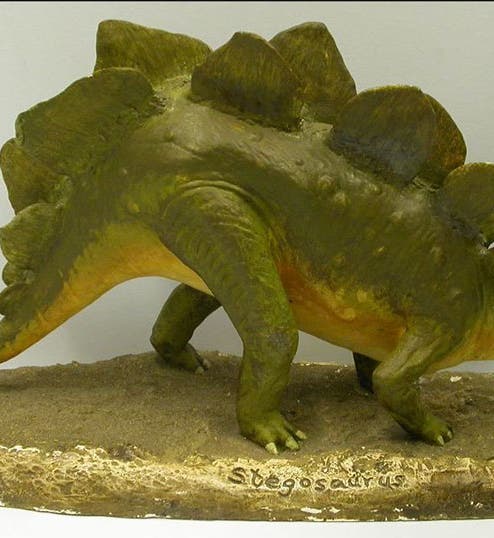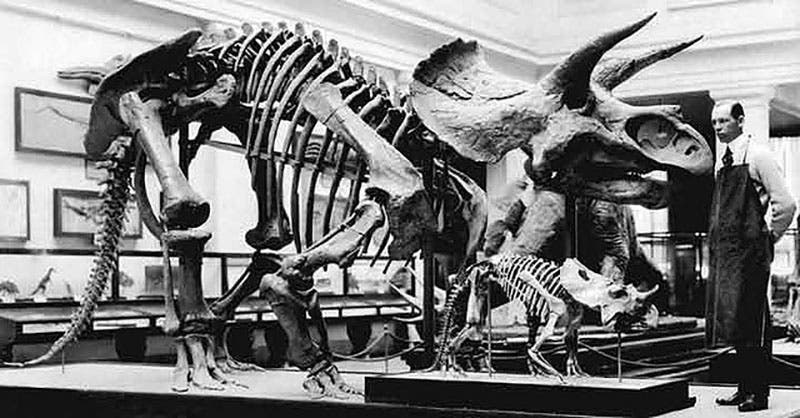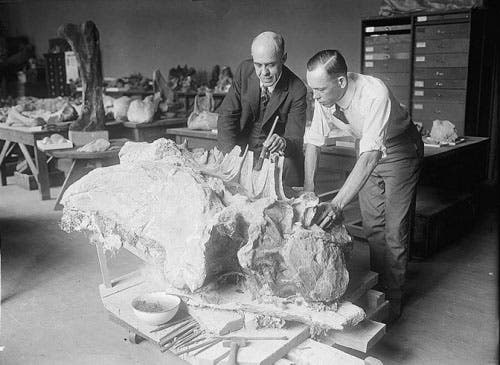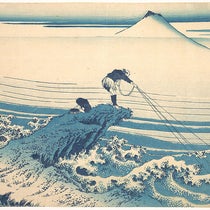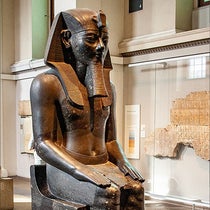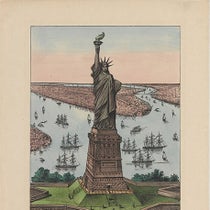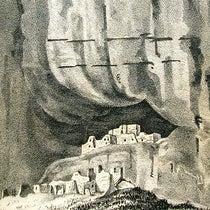Scientist of the Day - Charles Whitney Gilmore
Charles Whitney Gilmore, an American paleontologist, was born Mar. 11, 1874. Gilmore started out working for the Carnegie Museum of Natural History in Pittsburgh, but he moved on to the United States National Museum (USNM) in Washington, D.C. (now part of the Smithsonian Institution) and worked there for his remaining years. He was responsible for producing the first public mount of a Triceratops skeleton, which went on display at the USNM in 1905, accomplished with the aid of his preparator, Norman Boss, who is shown in the photograph (second image).
Gilmore was the inventor and master of what we now call the review monograph, where an expert surveys the complete history of a subject and concludes with a definitive summary of the present state of knowledge about the topic. For example, Gilmore wrote a paper in 1914 about the dinosaur Stegosaurus that recounted its discovery, provided reproductions of every specimen and every restoration that had been done, and displayed the recent mount that had just been unveiled at the USNM (third image). We featured this monograph in our exhibition Paper Dinosaurs, and the online catalog shows several of the many illustrations in this lengthy article. We included four works by Gilmore in our exhibition, because he was usually the best source of whatever illustration we wanted to present. Gilmore’s Stegosaurus mount, not noticeably changed, is still on display at the American Museum of Natural History (fourth image).
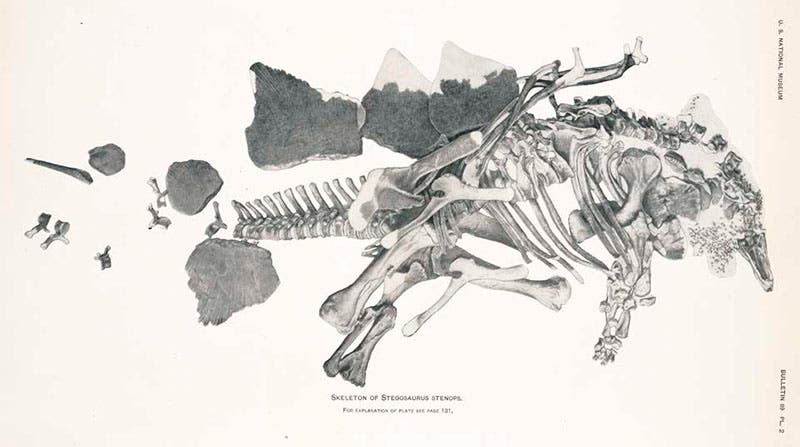
Original mount of Stegosaurus stenops in the U.S. National Museum (USNM), 1914 (Linda Hall Library)
Gilmore was also a competent artist and sculptor. In the 1910s and 1920s, he made a number of dinosaur sculptures, replicas of which were then sold or gifted to museums around the world. The Hunterian Museum in Glasgow has a good collection of Gilmore models; we display their gaily-painted Stegosaurus, since it seems to be our dinosaur of the day (first image)
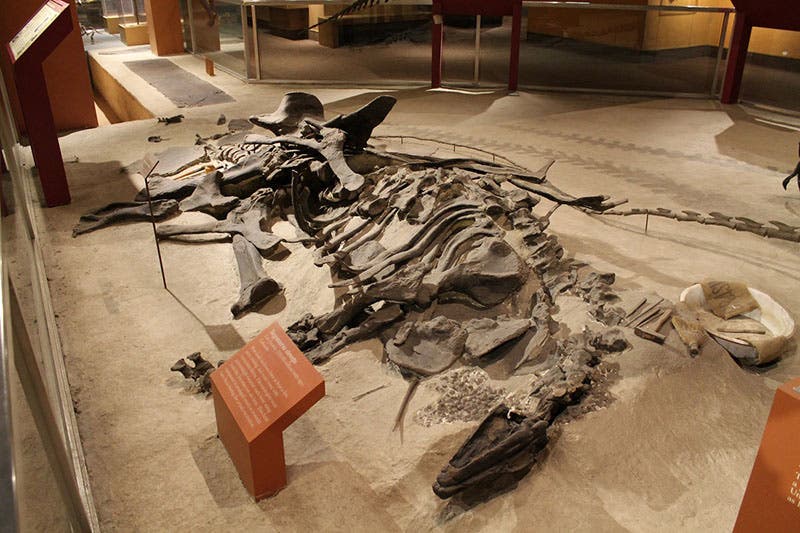
The Stegosaurus mount in the National Museum of Natural History, modern photo (dinosours blog on wordpress.com)
One of the intriguing features of Gilmore's life is the way he found his calling. Gilmore tells us that, when he was a young boy, his mother took him to Ward's Natural Science Establishment in Rochester, New York, where the sight of a crew of men skinning mammals, stuffing birds, and mounting skeletons instantly kindled in Gilmore a desire to go forth and do likewise. Ward’s probably provided the specimens for your high school biology class, and we have in our collection the original Ward’s catalog of 1866, full of the kind of goodies that enthralled Gilmore in 1880. We featured Ward as the Library’s Scientist of the Day just over four years ago.
Our photograph of Gilmore shows him with Boss, looking over a fragment of a Diplodocus skeleton that would eventually go on display at the USNM (fifth image).
Dr. William B. Ashworth, Jr., Consultant for the History of Science, Linda Hall Library and Associate Professor, Department of History, University of Missouri-Kansas City. Comments or corrections are welcome; please direct to ashworthw@umkc.edu.

